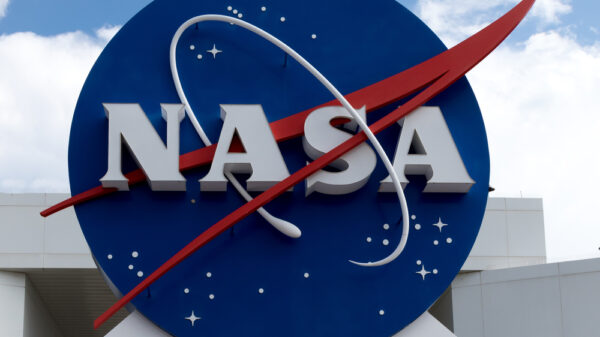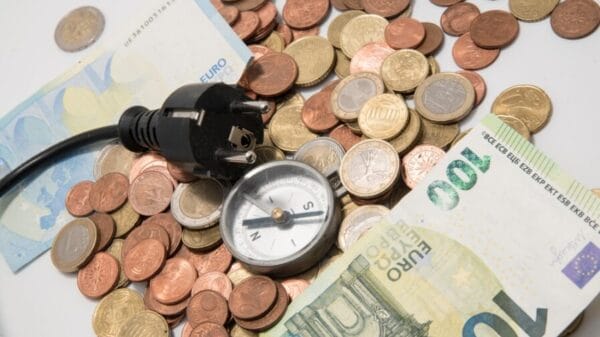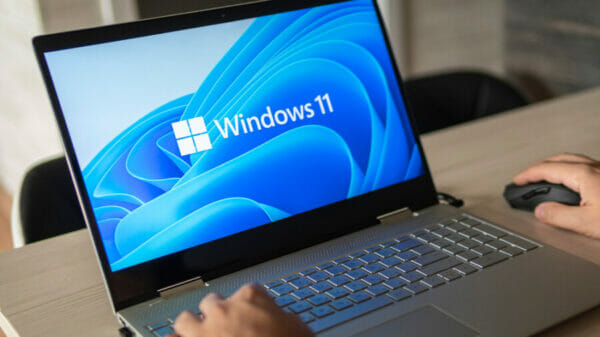Previously on You’ve Got Mail, we looked at a few services that were designed to speed up the mail at various points along the way. But these improvements were all taking place on the USPS’ side of the fence. Was there anything the customer could be doing to help out?
As it turns out, yes. And it was almost too late. Whereas you could once address a letter or postcard simply to “Fred Minke, Somerset, Wis.” and it would reach him, the volume of mail was getting completely out of hand with the rise of computers, automated billing, and advertising. Something was needed to improve routing and speed up delivery.
We all know enough about ZIP codes to use them, but where did they come from? How many types are out there? What do they even mean? Let’s find out.
Mountains of Mail
Between 1940 and 1960, the volume of mail handled each year went from 27.7 billion to 63.7 billion pieces. Blame the rise of the computer, because it brought about automated billing and invited return payment by mail. It also facilitated credit card transactions via mail. On top of that, the volume of junk mail and magazines was on the rise.
Another problem was that thousands of experienced postal workers left to serve in World War II, leaving behind those who weren’t so familiar with the address and city/state schemes. So in 1943, the post office came up with zone codes that would be used in 124 large cities to help sort the mail faster. Zones were identified on mail by the use of one or two digits between the city and state, for example, Birmingham 7, Alabama. Eventually, zone codes spread to 131 cities total.
Your Mail, Zipping Across the Nation
By the early 1960s, a more organized and robust system was needed. On July 1, 1963, the USPS introduced the non-mandatory ZIP code to the United States. ZIP stands for Zone Improvement Plan, and the implication is that the use of ZIP codes makes your mail zip along quickly. There were 41,702 ZIP codes in the United States as of October 2019.
And how does the ZIP code system work, exactly? Let’s break it down. The first three digits correspond to a Sectional Center Facility (SCF), which is a centrally-located facility for processing mail. The fourth and fifth digits narrow things down to a more precise location. In larger cities, the last two digits are generally carried over from the zone code days.
Although Robert Moon originally thought of and proposed the ZIP code in 1944, he only brought the first three digits to the table. The latter two are credited to Henry Bentley Hahn, Sr.
There are four types of ZIP code:
- Unique: these are assigned to a single, high-volume address like the CIA, NYU, or the Walmart HQ.
- Post office box-only: for example, 22313 is only for PO boxes at the main office in Alexandria, Virginia.
- Military: these are used strictly for Army Post Office/Fleet Post Office (APO/FPO) addresses overseas.
- Standard: this encompasses all other ZIP codes.
A Little Bit More: ZIP+4
In 1983, the post office introduced the ZIP+4 scheme. This uses the standard ZIP code plus a four-digit code that targets the precise location.
The +4 generally indicates a city block, an apartment building or buildings, a specific post office box, or any other entity that generates a high enough volume of mail to warrant their own zip code.
Don’t bother adding the +4 today, as it is obsolete and will do nothing to speed up delivery times. Nowadays, addresses are read by a multi-line OCR that manages to determine the ZIP code from the address almost instantly, along with a more specific two-digit delivery point. Once this happens, it prints an Intelligent Mail barcode along the bottom.
Mr. ZIP
It was relatively easy to get businesses to use ZIP codes, because the USPS soon attached their use to lower mass mailing rates. But getting an entire country’s population to adopt a new practice was a different story. In order to help, the post office came up with a mascot named Mr. ZIP (or as his friends called him, Zippy) to encourage people to use ZIP codes.
Mr. ZIP’s origin is only semi-postal. He was based on a design created by Howard Wilcox, who worked for an ad agency and was the son of a letter carrier. Wilcox had designed the sketch of a cartoonish postman for use by a bank in a bank-by-mail program. AT&T got a hold of it somehow, and let the USPS use it for free.
Do yourself a favor and check out the ZIP Code Song performed by the Swingin’ Six below. If you really want to be entertained, spend fifteen minutes with them learning all about ZIP codes.
Image Source: oatawa / Shutterstock















